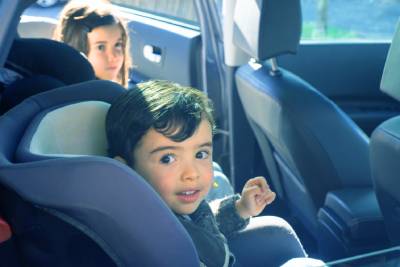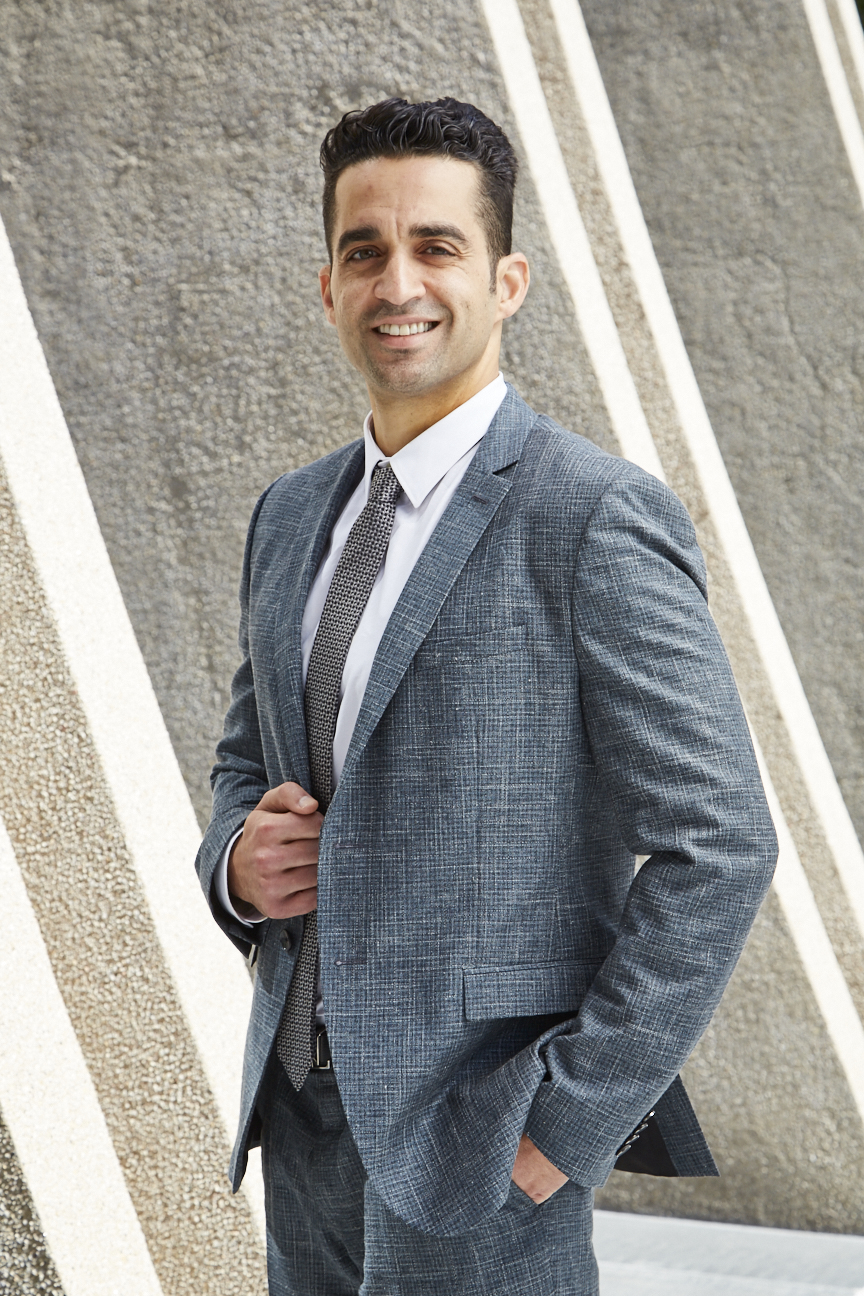[ad_1]
Safety first! It’s a phrase we often hear, especially when it comes to our precious little ones. And where is it more essential than when on the road? Every year, numerous children are injured or tragically lose their lives in automobile accidents. At J&Y Law Firm, our mission is not only to represent and fight for our clients but also to inform and protect the community. Today, we are diving deep into California’s baby and toddler car seat laws to ensure every parent, guardian, and caregiver knows how to keep their children safe.
1. Understanding the Basics of California Car Seat Laws
Children Under 2 Years Old:
Any child under the age of 2 must be secured in a rear-facing car seat in the back seat of the vehicle unless they weigh 40 or more pounds or are 40 or more inches tall.
Children Under 8 Years Old:
Children who are under the age of 8 years or less than 4 feet 9 inches tall must be secured in a car seat or booster seat in the rear seat.
Children Over 8 Years or Taller Than 4 Feet 9 Inches:
Once children exceed the above criteria, they may use the car’s seat belt, but it must fit properly. If not, continue using the booster seat.
Exceptions:
There are a few exceptions. If all rear seats are already occupied by children under the age of 7, then a child who is 8 years old or older can ride in the front seat. However, they must be secured in a booster seat or with a proper-fitting seat belt.

2. Penalties for Non-Compliance
Non-compliance with California’s car seat laws can result in fines and penalty points on your driving record. The fine for a first offense can range from $100 to $250, and subsequent violations can increase the fine amount. But more than fines, remember, these laws are designed for your child’s utmost safety.
3. How to Properly Install a Car Seat
Choosing the right car seat is just the beginning. Proper installation is crucial. Here’s a step-by-step guide:
- Select the Right Spot: Always install car seats in the back seat, away from airbags.
- Follow Manufacturer’s Instructions: Each car seat model will have its own set of guidelines. Ensure you read and follow them meticulously.
- Ensure It’s Tight: The car seat should not move side-to-side or front-to-back more than one inch when tested at its belt path.
- Recline Right: Check the recline angle for rear-facing seats. Many have indicators or adjusters to help.
- Harness Heights: For rear-facing, harnesses should be at or below your child’s shoulders. For forward-facing, they should be at or above.
4. Extra Safety Tips for Babies on the Move
Beyond the law, here are some additional ways to ensure your baby’s safety:
- Never Leave a Child Alone in a Car: Not even for a minute. Temperatures inside a car can spike rapidly, leading to fatal conditions.
- Avoid Used Car Seats: Unless you’re certain about its history and can confirm it hasn’t been in an accident, avoid buying or accepting used car seats. Also, check for expiration dates as materials can degrade over time.
- Regularly Check for Recalls: Manufacturers sometimes discover faults in their products. Make it a habit to check if your car seat has any recalls.
- Dress Appropriately: Bulky outfits can prevent a snug harness fit. In colder weather, dress your baby in thinner layers and tuck a blanket around them over the buckled harness.

5. Transitioning Between Seats
As your child grows, you’ll move from rear-facing to forward-facing to booster seats. It’s tempting to make the switch early, especially if peers do, but resist the urge. Here’s a quick guide:
- Rear-facing: Keep your child rear-facing as long as possible, at least until age 2. But many seats now accommodate rear-facing for much longer based on weight and height limits.
- Forward-facing: Once they outgrow rear-facing specs, transition them to forward-facing with a harness.
- Booster Seats: After outgrowing the forward-facing seat, it’s time for a booster until they’re big enough for seat belts.
6. Encourage Safe Behavior
Talk to your children about the importance of staying seated and buckled. Set a good example by always wearing your seatbelt and ensuring everyone in the vehicle does the same.
7. Car Seat Inspection Stations
California offers car seat inspection stations where certified technicians can check your car seat installation. They can offer hands-on advice and assistance. It’s a free service, so consider using it to double-check your installation skills.
Conclusion
At J&Y Law Firm, we understand that there’s no compromise when it comes to the safety of our little ones. By adhering to California’s car seat laws and following the extra safety tips provided, you’re taking essential steps to protect your child on the road. Always remember: it’s not just about following the law, it’s about ensuring the future and safety of our next generation.
Stay safe, California!
—
Note: This blog entry is meant for informational purposes only and does not constitute legal advice. If you have any questions or concerns regarding specific cases, please contact J&Y Law Firm at (877) 426-6580.
[ad_2]




